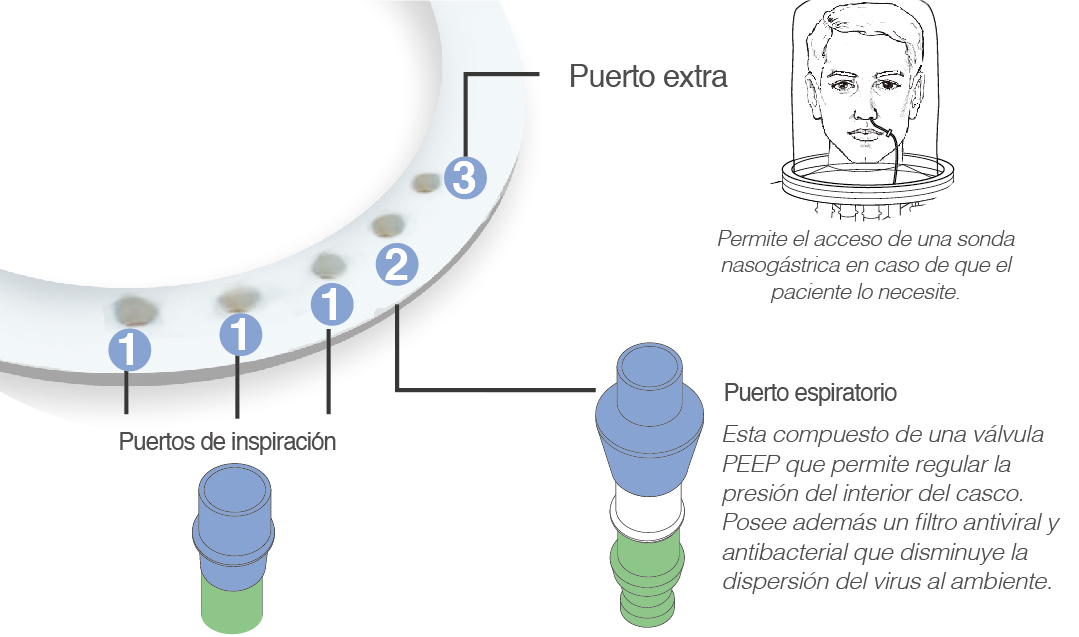Guy Stuart Ritchie is an English film director, producer and screenwriter. His work includes British gangster films and the Sherlock Holmes films starring Robert Downey Jr. Ritchie left school at the age of 15, and worked in entry-level jobs in the film industry before going on to direct television commercials. He attended 10 schools including […]
Wines | BURGUNDY vs BORDEAUX Bordeaux wine has layered dark fruit and dry notes. Burgundy wine has earth, spice, and ripe red fruit flavors. The finest Bordeaux wine is classified as a Premier Cru Classe, while the finest Burgundy wine is a Premier Grand Cru Classe. Bordeaux’s red wines are largely made from either Cabernet […]
I just recently watched Guy Richie‘s TV show of the gentleman. I was enjoying it so much. I didn’t even notice until a few episodes into it how amazing the outfits were so I had to stop everything and write a review of the clothing in the TV show. If you’re not familiar with Guy […]
The Ministry of Ungentlemanly Warfare true story is compared to the Guy Ritchie WW2 movie about Operation Postmaster, a mission carried out by the British Army’s No. 62 Commando, also known as the Small Scale Raiding Force (SSRF). The Small Scale Raiding Force operated as part of Winston Churchill’s broader covert division, the Special Operations […]
The Ministry Of Ungentlemanly Warfare – In theaters April 19. Starring Henry Cavill, Eiza González, Alan Ritchson, Alex Pettyfer, Hero Fiennes Tiffin, Babs Olusanmokun, Henrique Zaga, Til Schweiger, with Henry Golding, and Cary Elwes. Based upon recently declassified files of the British War Department and inspired by true events, THE MINISTRY OF UNGENTLEMANLY WARFARE is […]
Palladianism architectural style Holkham Hall Palladianism, style of architecture based on the writings and buildings of the humanist and theorist from Vicenza, Andrea Palladio (1508–80), perhaps the greatest architect of the latter 16th century and certainly the most influential. Palladio felt that architecture should be governed by reason and by the principles of classical antiquity as it was known in surviving […]
Interior design – Space Planning, Functionality, Aesthetics | Britannica William Kent British architect William Kent (born c. 1685, Bridlington, Yorkshire, Eng.—died April 12, 1748, London) was an English architect, interior designer, landscape gardener, and painter. He was a principal master of the Palladian architectural style in England and a pioneer in the creation of the “informal” English garden. Kent was said to have […]
interior design Berlin Philharmonic Concert Hall Interior design, planning and design of man-made spaces, a part of environmental design and closely related to architecture. Although the desire to create a pleasant environment is as old as civilization itself, the field of interior design is relatively new. Since at least the middle of the 20th century, the term […]
Some fascinating topics like Panpsychism, Integrated Information Theory, the Living Universe Hypothesis, the Gaia Hypothesis, the Anthropic Principle, Cosmic Evolution, the Fine-Tuning Argument, and Cosmic Natural Selection. Schrödinger’s Unified Consciousness: Bridging Physics and PhilosophyErwin Schrödinger, a pioneering quantum physicist, delved deep into the interplay between Eastern philosophy and Western science, proposing a radical idea: the […]
Alan visits Tyntesfield, the incredible Victorian gothic home in Somerset that was home to the family of businessman William Gibbs. Alan will explore the hidden room and secret passageways inside this incredible mansion. Tony Singh prepares a very special pudding using the fresh produce still produced on the grounds.
